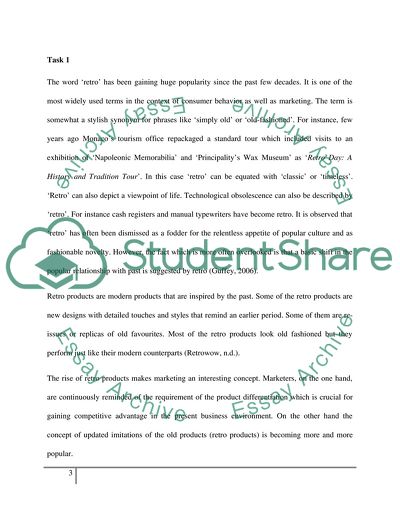Cite this document
(Consumer Behavior Research Paper Example | Topics and Well Written Essays - 3250 words - 1, n.d.)
Consumer Behavior Research Paper Example | Topics and Well Written Essays - 3250 words - 1. Retrieved from https://studentshare.org/marketing/1737814-consumer-behavior
Consumer Behavior Research Paper Example | Topics and Well Written Essays - 3250 words - 1. Retrieved from https://studentshare.org/marketing/1737814-consumer-behavior
(Consumer Behavior Research Paper Example | Topics and Well Written Essays - 3250 Words - 1)
Consumer Behavior Research Paper Example | Topics and Well Written Essays - 3250 Words - 1. https://studentshare.org/marketing/1737814-consumer-behavior.
Consumer Behavior Research Paper Example | Topics and Well Written Essays - 3250 Words - 1. https://studentshare.org/marketing/1737814-consumer-behavior.
“Consumer Behavior Research Paper Example | Topics and Well Written Essays - 3250 Words - 1”, n.d. https://studentshare.org/marketing/1737814-consumer-behavior.


